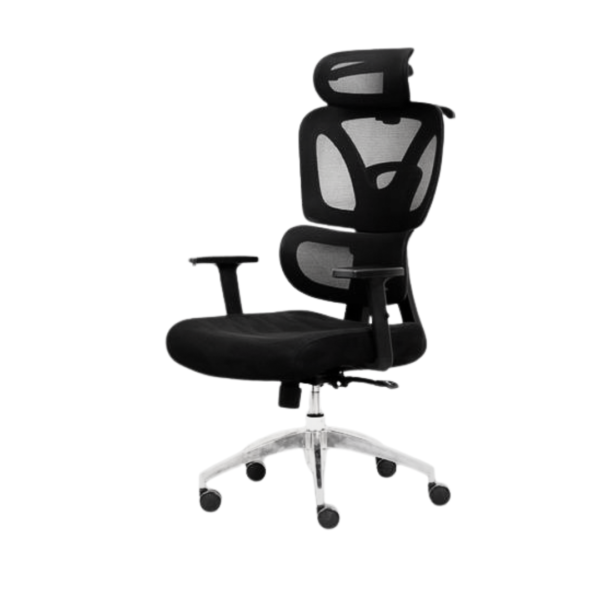

The Perfect Classroom Chair: Exploring the PVC Shell Design
4,500.00৳ Original price was: 4,500.00৳ .2,925.00৳ Current price is: 2,925.00৳ .
Classroom Chair with pvc shell
Model: CK-CL01
Material : Metal
Dimension : L-68.3 X W-56.8 X H-78 CM
Wheels : Dis-Included
Armrest : Dis-Included
Adjustable Height : No
Understanding the Classroom Chair PVC Shell Material
The selection of materials for classroom furniture plays a crucial role in ensuring both functionality and durability. PVC (Polyvinyl Chloride) shell material stands out as a particularly advantageous option for classroom chairs. One of the primary benefits of PVC shell chairs is their impressive durability. PVC is resistant to impacts, scratches, and general wear and tear, making it an ideal choice for the dynamic environment of a classroom. As students engage in various activities, the resilience of PVC ensures that chairs maintain their structural integrity over time.
Another significant advantage of using PVC shell material is the ease of cleaning it offers. In educational settings, cleanliness is paramount, and any material used in classroom furniture should facilitate quick and efficient maintenance. The smooth surface of PVC is non-porous, making it resistant to stains and easy to wipe down with standard cleaning agents. This characteristic not only helps maintain a hygienic environment but also contributes to the longevity of the chairs.
Comfort is also a vital consideration when choosing classroom furniture, and PVC shell chairs often come with ergonomic designs that promote proper posture. The flexibility of the PVC material can provide a comfortable seating experience, catering to the varied needs of students throughout the day. Furthermore, PVC is non-toxic, which is essential for any environment housing children. This safety feature ensures that there are no harmful substances that could pose health risks.
When compared to traditional materials such as wood or metal, PVC shell chairs exhibit clear advantages. While wooden furniture is often more susceptible to damage from environmental factors such as moisture, and metal can become cold or uncomfortable, PVC remains a practical choice that balances aesthetics with function. Overall, the PVC shell offers numerous benefits, making it a cornerstone in the design of modern classroom chairs.
Design Features and Dimensions of the Classroom Chair
The classroom chair exhibits a thoughtful design tailored to facilitate an optimal learning environment. Measuring 68.3 cm in length, 56.8 cm in width, and 78 cm in height, it reflects careful consideration of ergonomic principles aimed at enhancing student comfort. The dimensions are particularly significant, as they accommodate students of varying heights, ensuring that each individual can maintain an appropriate posture while seated. Such physical support is essential for promoting focus and reducing fatigue during prolonged learning sessions.
One important feature of this design is the absence of wheels. While many modern chairs incorporate rolling capabilities to enhance mobility, this design prioritizes stability and safety, thus eliminating potential distractions or accidents that could arise from movement during classroom activities. The fixed base fosters a secure seating experience, which is essential in maintaining a conducive learning atmosphere. This stability is crucial in settings where attentiveness is paramount, minimizing unnecessary adjustments that may disrupt both the individual and the class as a whole.
The chair also lacks adjustable height features, a design choice that further emphasizes security in the classroom setting. This static height is beneficial in standardizing seating arrangements and ensuring that all students share a common level of desk interaction, reducing variances that could impact collaborative learning efforts. Additionally, the absence of armrests enhances overall flexibility, allowing students to reposition themselves easily and participate actively in various classroom tasks. Such design elements collectively enhance user experience, creating a versatile and accommodating chair suitable for diverse educational activities.








Reviews
There are no reviews yet.